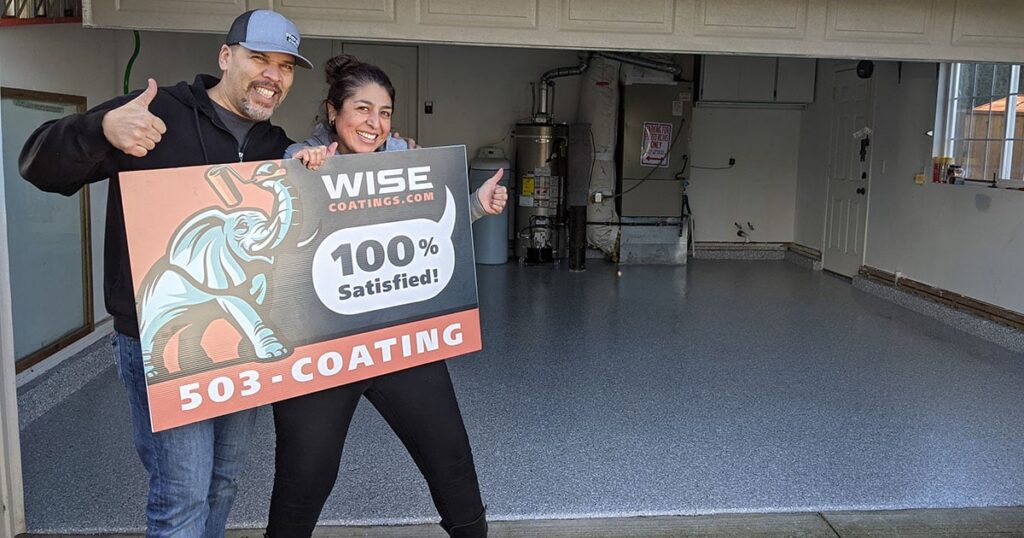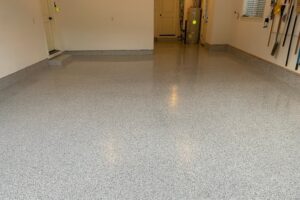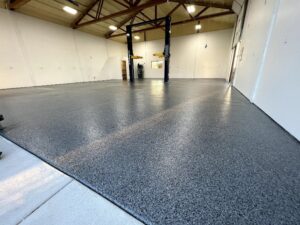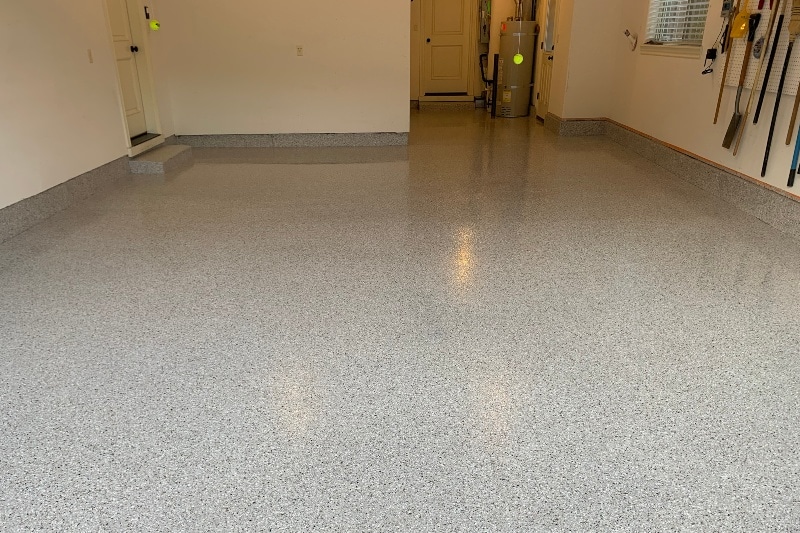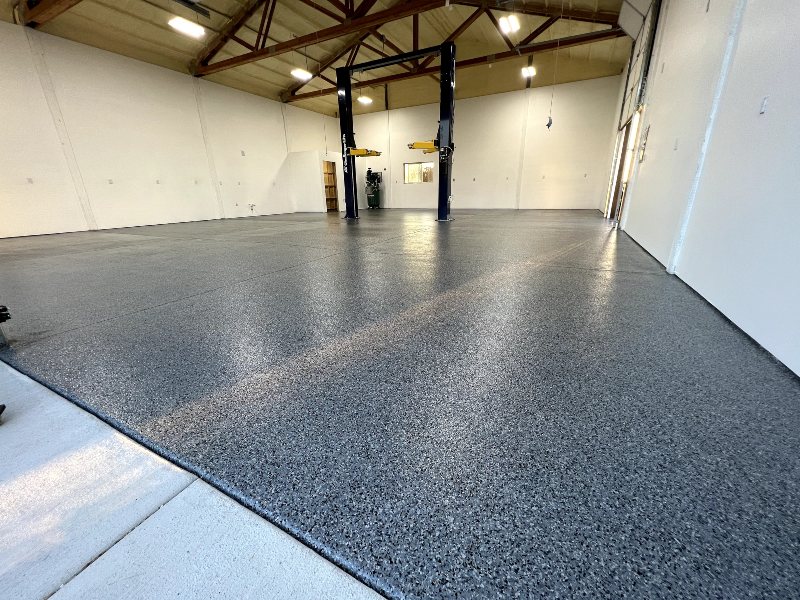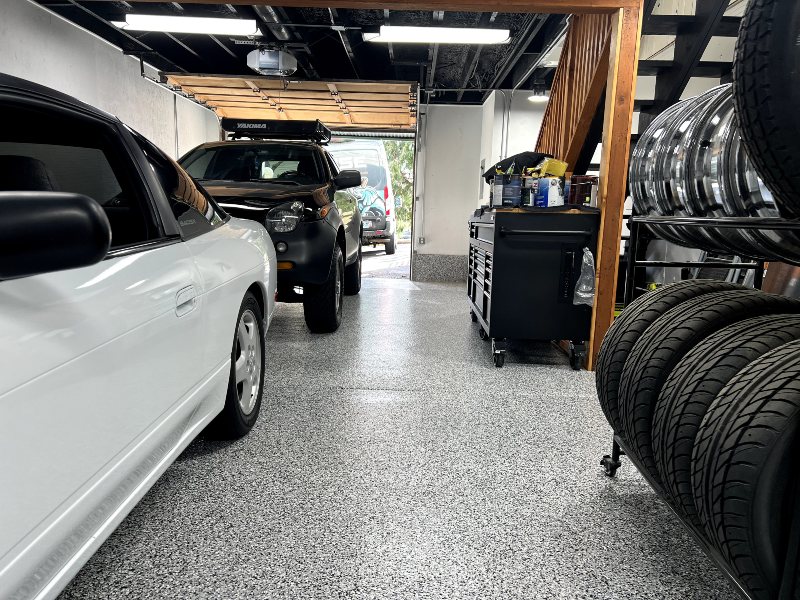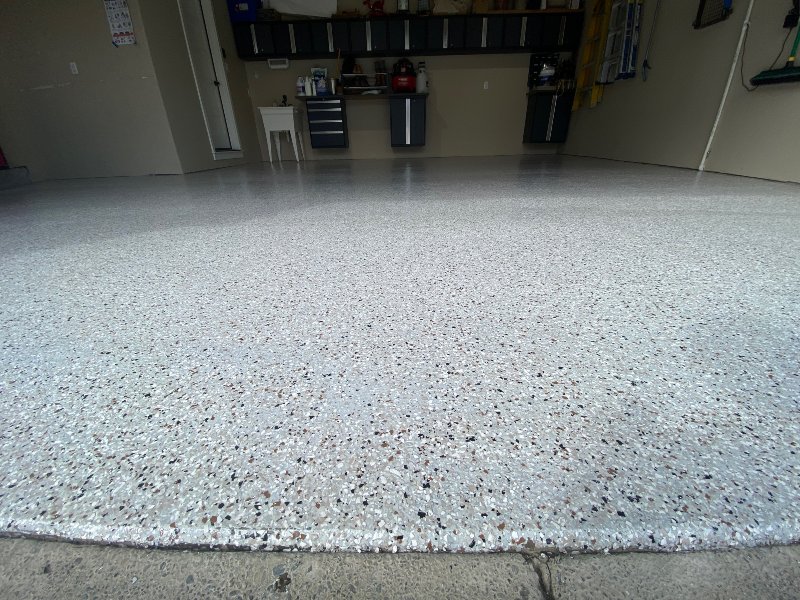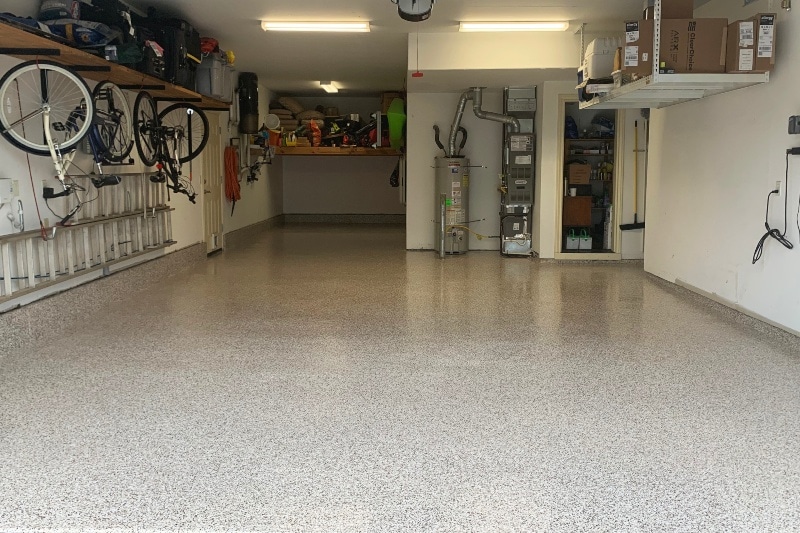Investing in Your Garage: How Much Does Epoxy Garage Flooring Cost?
Investing in your garage is one of the most underrated yet significant investments for every homeowner. Besides being a safe haven for your cars and storage space for other items, your garage also makes a substantial first impression on your visitors. To enhance your garage’s functionality and aesthetic value, you may want to consider epoxy flooring. Epoxy flooring is a popular and durable option that ensures your garage’s longevity while accentuating its design. However, many homeowners often hold back on epoxy flooring due to cost concerns. In this article, we will tackle the question, how much does epoxy garage flooring cost? By the end of this post, you will have a clear understanding of the cost implications, the benefits, and everything you need to know about epoxy flooring.
Why Invest in Epoxy Flooring?
Make your garage stand out with epoxy flooring – the smart choice for a long-lasting and durable solution. With its tough and resistant barrier, epoxy flooring can handle heavy traffic and extreme weights without losing its integrity or appearance. Plus, it’s incredibly easy to maintain – just a quick sweep and occasional mop with gentle cleaners will keep your floor looking pristine for years. Not only that, but epoxy flooring is also a safety hero, preventing the buildup of harmful bacteria and reducing the risk of slips and falls. Upgrade your garage with epoxy flooring and enjoy its benefits for years to come.
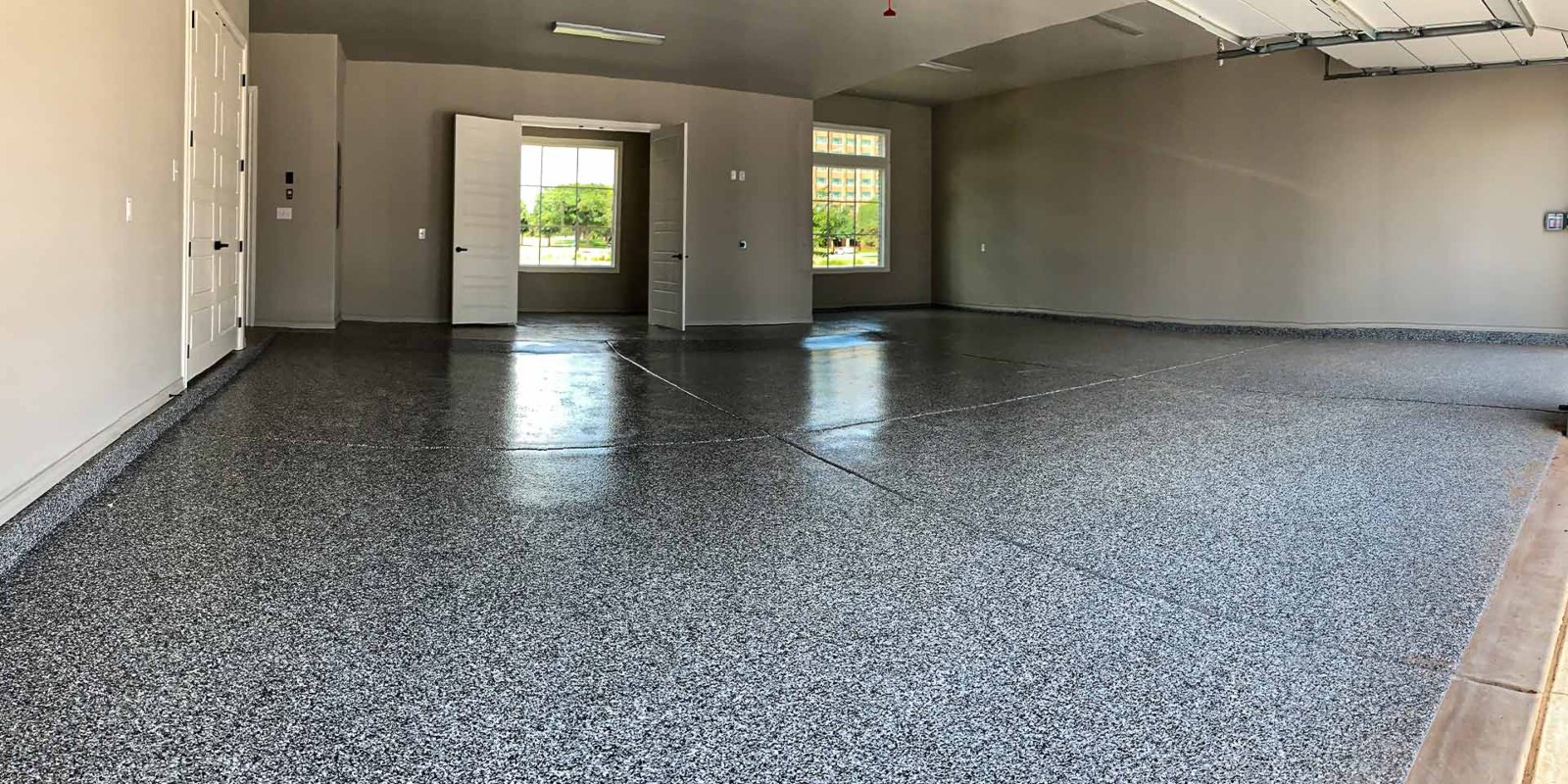
Factors Affecting the Cost of Epoxy Flooring
Several key factors influence the total cost of installing epoxy flooring in your garage and must be considered when budgeting for this enhancement.
Size of the Garage
The overall size of your garage will directly impact the cost of epoxy flooring. Larger garages require more materials and more labor, which translates to a higher cost. Epoxy is usually sold by the gallon, with a single gallon covering roughly 250 to 300 square feet. To calculate the expense, one must begin by precisely measuring the garage’s floor area.
Condition of the Existing Floor
The existing floor’s condition is a crucial determinant in the preparation required before applying an epoxy coating. Floors with cracks, chips, or uneven surfaces may need extensive repair or preparation, such as grinding, before the epoxy can be applied. These preparatory steps can add to the overall cost.
Complexity of the Job
The complexity of the job involves factors such as the desired patterns and colors, the inclusion of custom designs or floor markings, and the need to work around irregular features or permanent fixtures within the garage. Complex designs and multiple colors can significantly add to the cost compared to a standard single-color application.
Quality of Materials Used
Lastly, the grade of epoxy used has a bearing on the price. There are various types of epoxy coatings, ranging from water-based formulas to 100% solid epoxies, and the cost can vary widely. High-quality materials with advanced durability and longevity features may have a higher upfront cost but can prove more cost-effective over time due to reduced repair and maintenance needs.
Reducing the Cost of Epoxy Flooring
While professional installation of epoxy flooring ensures a high-quality finish and longevity, it can be pricey. However, there are ways to mitigate these costs, especially for homeowners willing to get their hands dirty.
Consider the DIY Route
For those with a penchant for do-it-yourself projects, applying epoxy flooring can result in substantial savings. DIY epoxy kits are available at most home improvement stores and typically come with thorough instructions. Opting for a DIY approach can cut labor costs significantly. Moreover, it allows homeowners to work at their own pace and learn a new skill. However, DIY comes with its risks – incorrect application can lead to a less durable floor that may need more frequent repairs or even reapplication.
Tips for Finding Affordable Epoxy Flooring Services
If DIY isn’t an option or the preferred choice, cost savings can still be found when hiring professionals.
Get Multiple Quotes: Don’t settle for the first service provider you find. Requesting quotes from several contractors can give you a competitive edge and better negotiation power.
Seek References: Talk to friends, family, or neighbors who have had epoxy flooring installed. They might know of affordable services through their own experiences.
Off-peak Discounts: Some contractors offer better rates during their off-peak seasons. Scheduling your installation during these times can save money.
Material Choices: Discuss with your contractor about the different materials available and their costs. Sometimes, opting for a slightly less premium epoxy can still provide durability without the premium price.
The Importance of Quality over Cost in Epoxy Flooring
Investing in quality epoxy flooring is a smart decision for the long-term. While it may be tempting to cut costs, using cheaper materials or taking shortcuts during installation can lead to a less resilient floor over time. High-grade epoxy may have a higher upfront cost, but its superior resistance to wear and tear means it’s less likely to incur damage or need premature replacement. Plus, professionally installed, quality epoxy flooring can increase the value of your property, giving you a great return on investment. So, choosing quality over cost is not just an aesthetic preference, it’s a wise economic choice that can save homeowners money in the long run.
DIY vs. Professional Installation
When it comes to installing epoxy flooring in your garage, you have the option of taking the DIY route or hiring professionals. The decision between these options involves considering the cost, time, and quality of the work.
Cost Comparison
A DIY epoxy flooring project can be more cost-effective in terms of upfront expenditures. By avoiding professional labor costs, homeowners can save money. However, this doesn’t account for the potential costs of purchasing or renting the necessary tools, the price of the epoxy product itself, and possible expenses related to mistakes that can occur without professional expertise. On the other hand, professional installation, while higher in initial costs, may offer better value in the long run. Professionals can purchase materials at discounted rates and provide guarantees on their work, which can offset the initial investment over time.
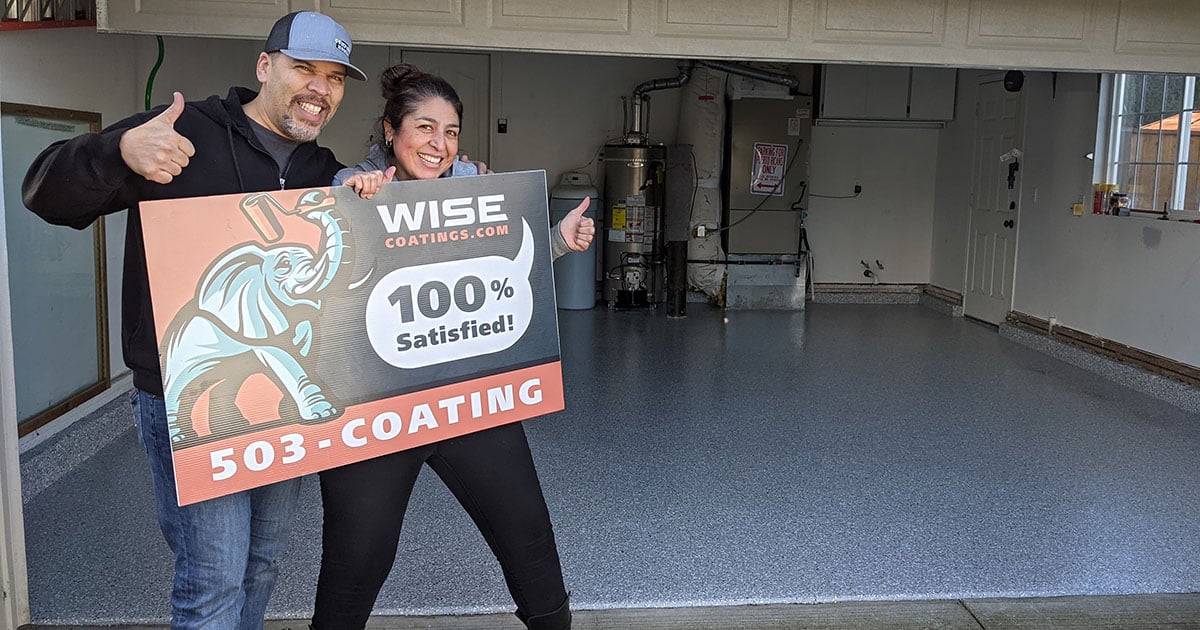
Time Efficiency
Time efficiency is another critical aspect to consider. Professionals are experienced and can execute the installation much faster than an individual with little to no experience. DIY projects can extend over several days as they involve learning the process, preparing the surface, applying the epoxy, and allowing it to cure properly. On balance, if time is of the essence, professional installation is the swiftest option.
Quality
Quality is arguably the most important factor to ponder when deciding between DIY and professional installation. Professionals have the skills, experience, and equipment to ensure a high-quality finish that is smooth, evenly coated, and durable. Although DIY kits are available, achieving a professional-grade finish can be challenging for novices. Incorrectly mixed or applied epoxy can result in a floor that peels, chips, or discolors prematurely, potentially negating any initial savings and requiring a costly redo.
In conclusion, whether you opt for DIY or professional epoxy flooring installation largely depends on your budget constraints, time availability, and required finish quality. DIY may seem like a cost-effective approach at first glance, but it’s essential to weigh the hidden costs and potential lack of durability against the convenience and expertise that professionals bring to the job. Ultimately, investing in professional epoxy flooring services is an investment in your property’s longevity and value. The decision should be made after careful consideration of the immediate costs versus the long-term benefits, ensuring that the chosen solution aligns with your needs and provides the desired outcome for your home.


